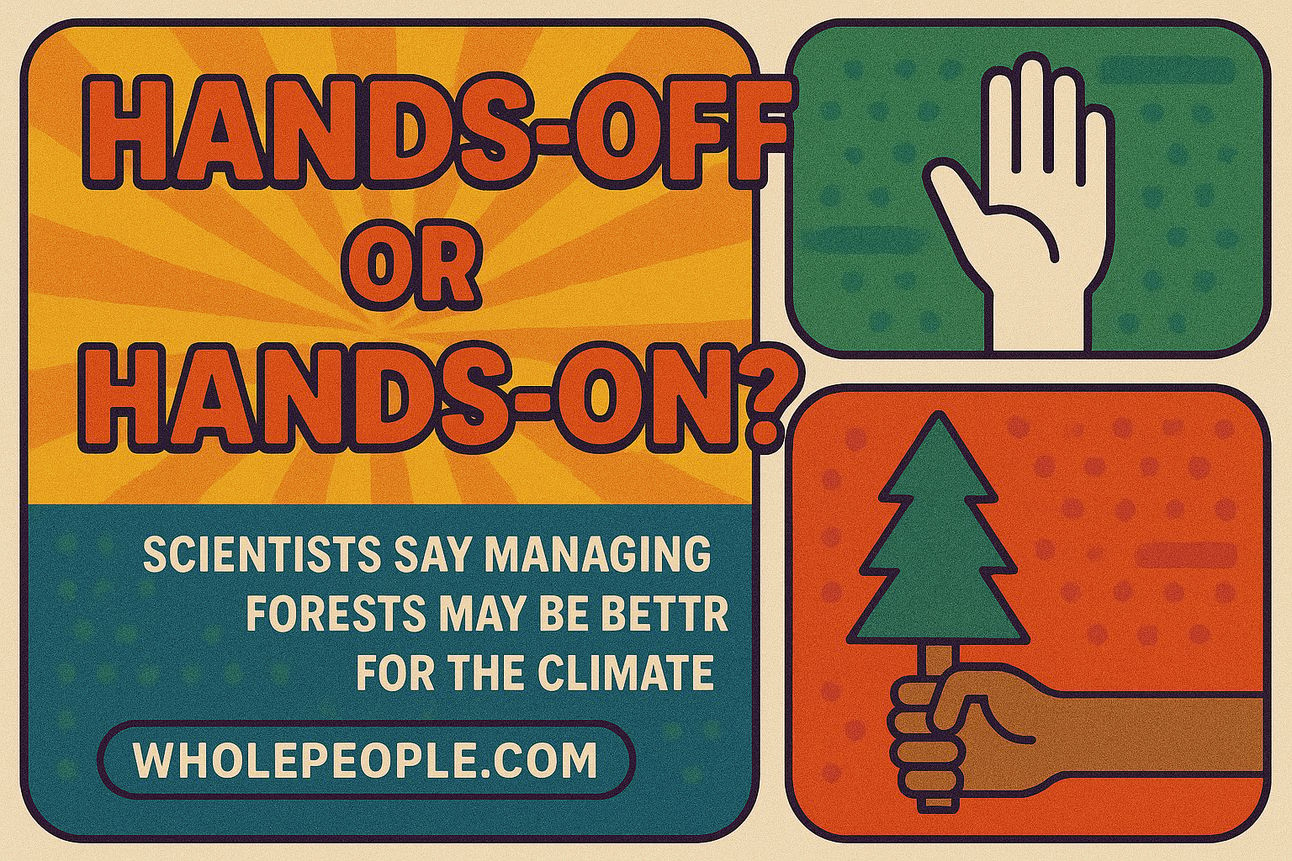For years, the idea of “proforestation”—letting trees grow wild and untouched—has dominated the climate conversation. But a new study suggests that active forest management might actually deliver more climate benefits in the long run, especially in the face of wildfires, drought, and pests.
Published in Science, the study makes a bold claim: "Do nothing" isn’t always the best strategy.
What the Scientists Found
The team analyzed nearly 500 forest carbon projects and found that unmanaged forests are increasingly vulnerable to major disturbances—especially in fire-prone regions like the western U.S. When wildfires strike, all that carbon stored in trees and soil can be released in a flash.
By contrast, well-managed forests—which may include selective thinning, prescribed burns, or sustainable harvesting—tend to be more resilient, safer for nearby communities, and still store large amounts of carbon over time.
Why This Matters
🔥 Wildfire Risk is Rising – In a hotter, drier climate, more forests are going up in flames. Without some form of management, even protected forests can become carbon bombs.
🌳 Diversity = Stability – Managed forests often support a wider mix of species, which helps ecosystems adapt to stress and recover from damage.
💡 It’s Not Either-Or – The researchers aren’t saying we should clear-cut forests or strip them for timber. The key is smart, ecologically informed intervention—not abandonment.
The Takeaway
Proforestation sounds great on paper—but in practice, it can backfire. This study suggests that a more nuanced, hands-on approach may actually be better for both the planet and the trees.
The challenge now? Rethinking carbon credit systems, climate policy, and land-use planning to account for managed nature—not just untouched wilderness.

